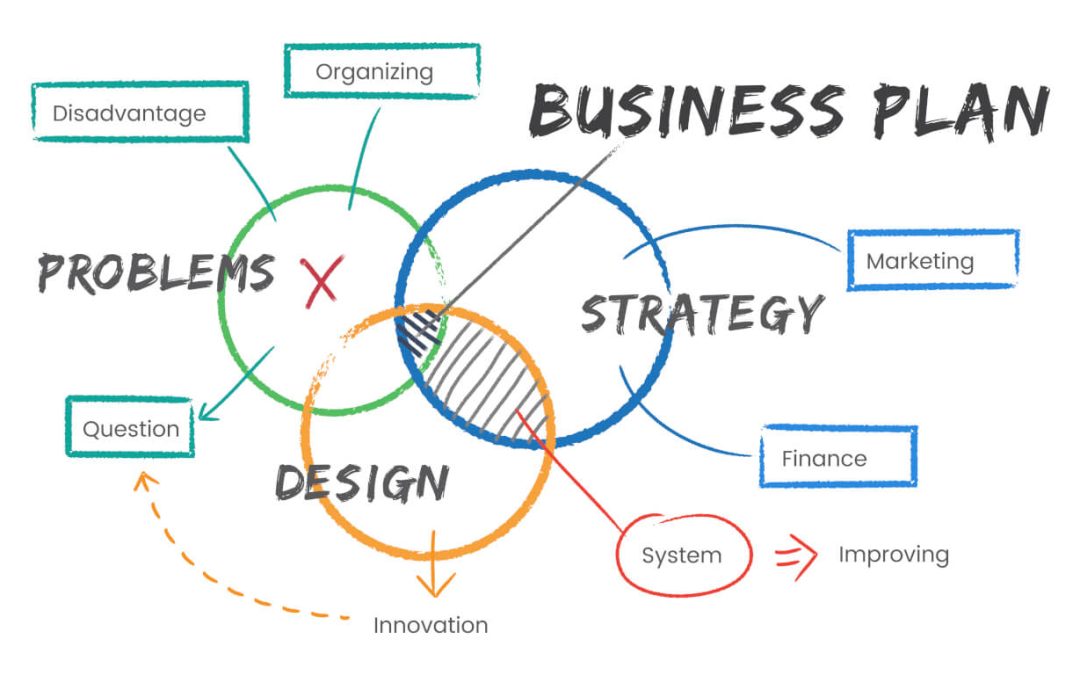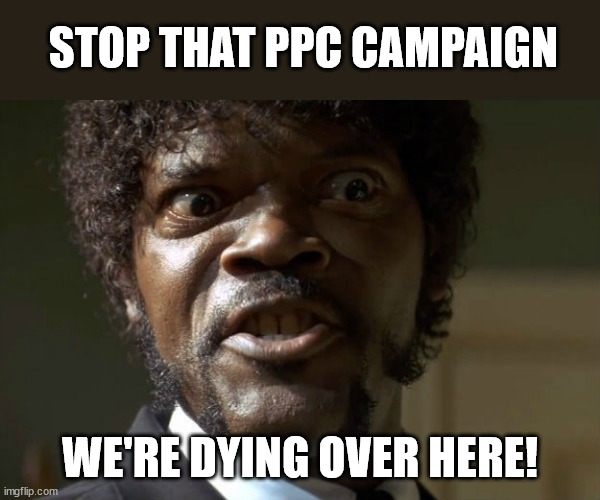Over the past several months I took the time to track a dozen websites and their Google PR, Alexa Rank and traffic patterns. The goal of this monitoring was to see first hand if PR and Alexa rankings have anything to do with the traffic on the site, and ultimately, the website’s profitability.
The question I wanted to answer is How much measurable effect on Web Traffic have the Google PageRank and Alexa ranks?
This observation spans corporate, e-commerce, and personal websites, with PR ranging from zero to 7, and Alexa rank from None to 893.000. The oldest domain is 9 years old, the youngest one just one-month-old. Daily traffic ranges from several thousand to 3 visitors.
Here’s what I’ve found: (Please note that these are my conclusions based on a very limited data pool, so take them at face value. I may be spot on, or I may be miles off target.)
PR, other than bragging rights, has no value dollar value of websites. I don’t think Alexa ranking has any value as well. They are just numbers, an extremely bold simplification of the complexity of SEO and global (or local) ranking.
Let me illustrate.
One of the websites that is almost two years old has a PR 3 and has some backlinks portfolio, not a huge one, but respectable none the less. Another site that is only 4 months old has a PR3, without any link building other than several social blips. There is no logical or mathematical explanation of why a two years old site with a backlinks portfolio should have the same rank with a month old site with no backlinks.
Alexa Rank is just as confusing. A website I’m building for a client started off with no rank since Alexa hasn’t yet discovered it. A few days after registering it with Alexa, jumped from no rank to 16.Mil. position. Knowing that there are millions and billions of websites in the world, this was a huge jump. Over the next three weeks, I continued adding new content to the site and today, one month after registering the domain, it’s Alexa rank is 3.6 M. This past week the rank jumps by 100k every day.
Other than solid on-site SEO and solid Content Marketing Strategy, this new website has only a handful of social blips on FB, Twitter, Linkedin.
Although this new site has an Alexa of 3.6M, it’s PR is still zero, so a jumped conclusion would be that there’s something wrong with the on-site SEO settings and it’s out of Google’s index.
WRONG.
The site ranks in the Top 10 on Google for several targeted keyphrases that are targeted with SEO-ed articles. The same is with Bing and Yahoo, it ranks #1 for actionable keyphrases. Traffic spikes the day new content is added, which is normal.
Unlike this youngster website, the older websites have steady PR ranking and Alexa Ranking, as is the traffic. The oldest website in my analysis is 9 years old, has tons of backlinks, tons of content, but has “only” 2.7M Alexa rank. While it could be a point of tougher competition (exponential) as Alexa ranking grows, it doesn’t seem logical for a month-old website with about 20 unique URLs and no backlinks to be jumping 100k positions on a daily basis while a well funded senior website with about 200 unique URLs stays stuck on 2.7M for a very long time.
So, what may make the difference between old, established and poorly ranking websites, vs. the new ones that quickly grow in rank?
Well, the biggest, categorical difference, is that the old established websites are static HTML sites or have custom-coded CMS. The on-site SEO isn’t stellar by any stretch of the imagination. But the word on the SEO street is that on-site SEO isn’t as important as link portfolio and link quality, because, allegedly, the on-site SEO is fully in control of the webmaster, and therefore shouldn’t be as important.
The point, as it’s said, is for people to vote with their links. So even if the website is sloppy, the sheer backlinks count can trump site quality. Somehow, from this limited set of data I reviewed over the past months, it seems that no matter what people say about a site (i.e all the many links it has), it doesn’t do much good if the site has almost no on-site SEO. On-site SEO perhaps does weight a lot more than some care to admit.
On the other end of the spectrum, the newer sites I analyzed are all WordPress powered, with solid on-site SEO. Some more than others, but in general, light-years ahead of the old, static or custom-coded websites. These half-dozen websites with all their link portfolios couldn’t come even close to the oldest website and all the links it had.
However, the Backlinks-Rank ratio seems to be favoring the young, WP-powered websites, who, as I mentioned earlier, have disproportionally high Alexa and Google PR rank for their age and link portfolio (or lack thereof it). One would be tempted to conclude that WordPress is excellent for ranking high in Google and Alexa’s eyes. I’ve succumbed… and data-driven, I don’t feel even close to starting chanting “Mea Culpa”.
Over the observation period of some 4 months, the total visitors on all sites is about 200.000. Not much by some standards, but enough for some general conclusions for internal use, but let me share them with you:
- Don’t obsess with ranking, whether it’s Alexa or Google PR. Focus on the quantifiable metrics like Visitors, Pages per Visit, Bounce Rate, Time on Site, and ultimately ROI.
- If you plan on redesigning your website, go for WordPress. It’s open source, SEO-friendly, User-Friendly, and there are thousands of developers supporting this platform with updates and plugins.
- Make sure you do your on-site SEO homework. Marketing an unoptimized website won’t work with Google and Alexa. They don’t fall for popularity “Paris Hilton” tricks. It seems they prefer a more even, stable, reliable, Content/Quality-driven “Eric Clapton” approach.
- If you have to choose between spending resources (time and money) on link building and content development, go for the content. It works better, lasts longer and will do great for Social Media Marketing.
I’m sure there are other conclusions and advice, so feel free to share your thoughts by adding a comment.






